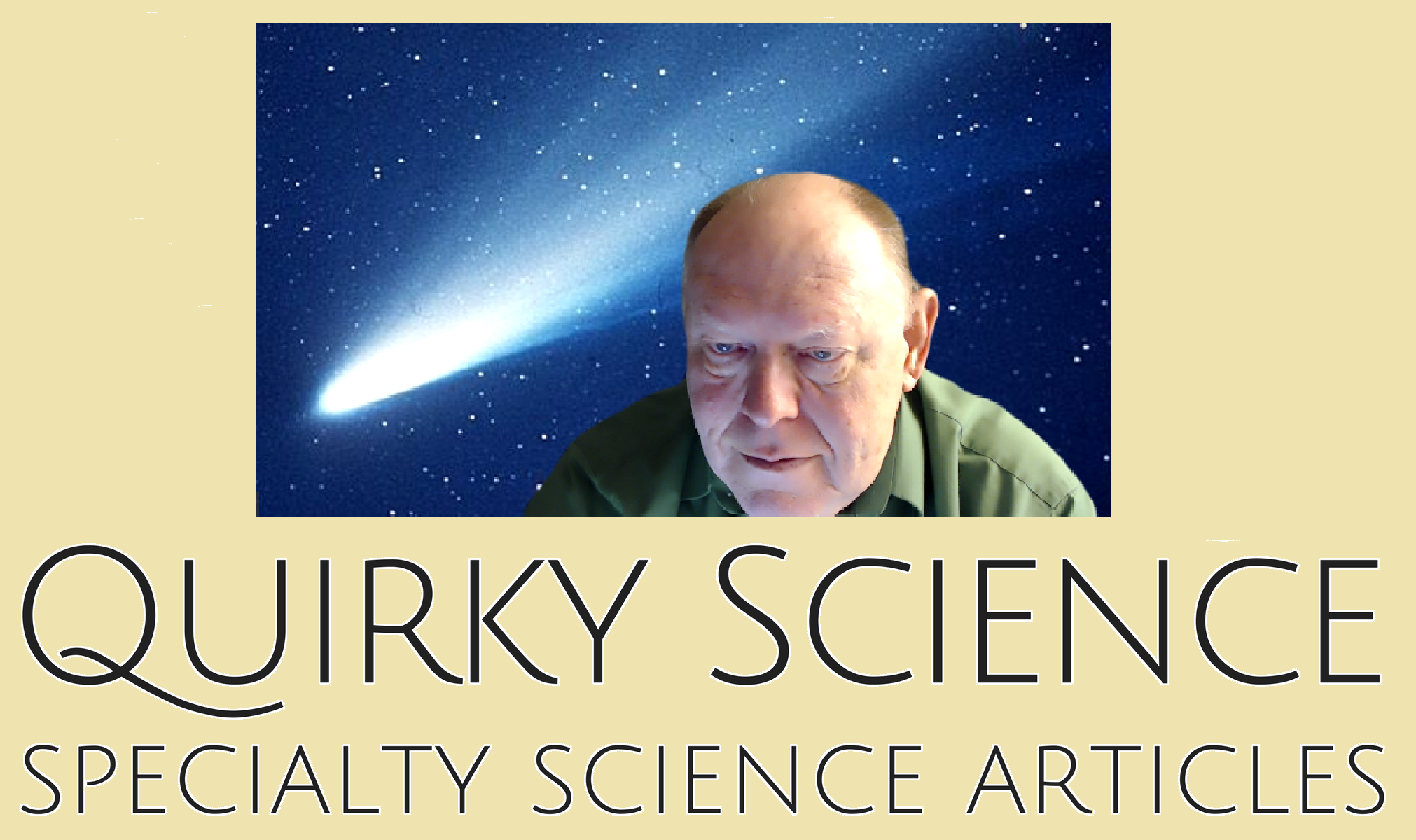Shampoo – Is It Soap, Is It Detergent, or What?
Shampoos are hair-care products meant to clean hair while allowing it to remain manageable. Is shampoo soap, detergent, or what? Individual shampoo products may contain many different ingredients to impart additional characteristics, but largely mainstream shampoos consist of two combined surfactants. Sodium laureth sulfate or sodium lauryl sulfate is the main surfactant. Cocamidopropyl betaine is the secondary surfactant. We will consider these two ingredients in answering the title question. Sodium Lauryl Sulfate Sodium lauryl sulfate (also called sodium dodecyl sulfate) is an anionic surfactant. One online definition of a surfactant reads: "a substance that tends to reduce the surface tension of a liquid in which it is dissolved". For the purposes of our discussion, we identify sodium lauryl sulfate as a detergent, rather than a soap. Detergents do not fail…
